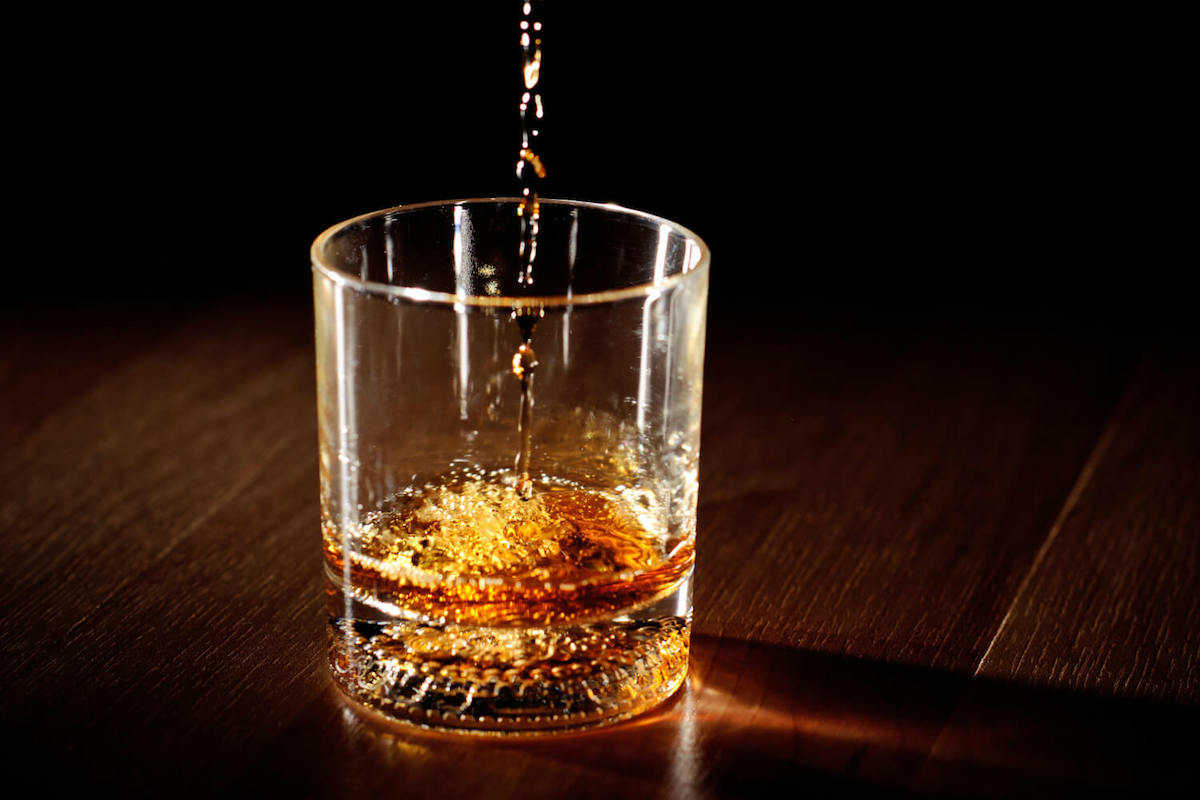Wander into your local scotch aisle, and you’ll see the phrase “single malt” dozens of times over. Look a little closer, and you might see “single grain,” too. The former term will sound recognizable to even the most casual of drinkers, while the latter is more obscure. Yet both are commonly misunderstood and even confused for each other. So, let’s break down the difference between single malt and single grain whisky.
A note on legalese: The definitions below come from the UK’s Scotch Whisky Regulations 2009—the last major legislative act regarding scotch whisky classification—which laid out everything from production and labeling to advertising. Single malts and single grains are produced outside of Scotland, of course, but other nations do not define the categories as precisely. In fact, the United States Alcohol and Tobacco Tax and Trade Bureau (better known as the TTB) offers no definition of “single malt”—something that the American Single Malt Whiskey Commission is trying to change.
What Is Single Malt Whisky?
Single malt whisky can only be made from water and 100% malted barley, and must be produced at a single distillery through pot distillation. A common misconception is that single malt whisky is not a blend. Single malt whiskies are often blends, but blended from a single distillery’s whisky stocks.
Single Malt Basics
- Must be made from water and 100% malted barley without the addition of other grains.
- Must be made at a single distillery, in batches, using a pot still.
- As of 2012, regulations specify that all single malt scotch must be bottled in Scotland.
What Is Single Grain Whisky?
Single grain whisky is made from water and malted barley, and may include one or more additional grains, often rye, wheat, or corn. If this sounds confusing, remember that the word “single” refers to the fact that it must be made at a single distillery, rather than from a single grain.
Single Grain Basics
- Must be made from water and malted barley, and can include additional grain.
- Must be made at a single distillery.
- Rarely bottled and sold on their own, single grain whiskies are typically used to create blended whiskies.
What About Blends?
The Scotch Whisky Regulations 2009 also included rules on how blends made up of single malts and single grains must be labeled. Here are those rules:
- Blended malt scotch whisky is made by blending together two or more single malt whiskies from different distilleries.
- Blended grain scotch whisky is made by blending together two or more single grain whiskies from different distilleries.
- Blended scotch whisky is made by blending one or more single malt scotch whiskies with one or more single grain scotch whiskies.
Got all that? Great. Now, go do some further research by pouring yourself a glass of something good.



